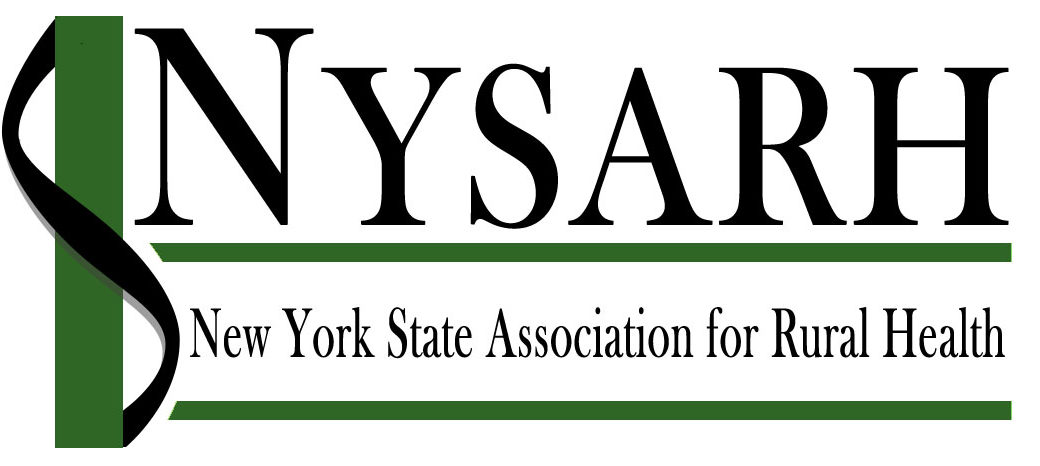Public Health Partnership Conference
The New York State Association for Rural Health, New York State Public Health Association and the New York State Association of County Health Officials look forward to partnering on the NYS Public Health Partnership Conference! Register Now!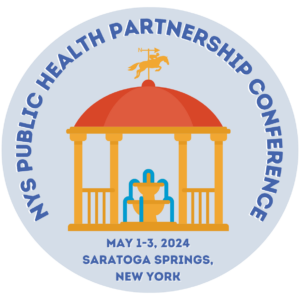
The Public Health Partnership Conference will be held in-person in 2024. The event will be held in Saratoga Springs, NY May 1-3, 2024. NYSARH and our partners are working hard to plan an event that will bring you an exciting, informative and educational experience.
Attendees will have the opportunity to network with colleagues from across the state and participate in general plenary sessions presenting a wide array of public health knowledge and insights from local county health department directors to community-based organizations. Attendees will have the choice of several breakout sessions to choose from, visit exhibitor booths, attend wellness events and view poster presentations.
This conference is designed for public health educators, county health officials, leaders of community based organizations, students, medical, behavioral health and dental practitioners, and others in the field of public health, education and health care. We welcome all individuals and organizations who share a common interest of promoting and protecting the public’s health.
NYSARH members please email us at info@nysarh.org if you have questions. If you would like to be a sponsor/exhibitor please register here.
The AARP recently released a report on Livable Communities: Issues that Impact Upstate New York Adults 45-Plus. 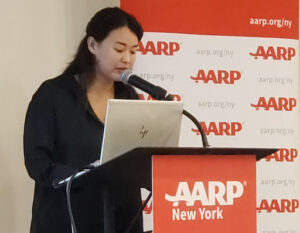
Older adults are concerned about housing affordability and accessibility, as well as being able to get around in their communities safely. A large majority [85%] of older Upstate New Yorkers want to stay in their homes as they age. However, in case they need it, they are also concerned about having access to high quality long-term care [78%].
Nearly one in five New Yorkers receive Social Security benefits. These payments inject over $71 Billion into the state’s economy every year. Social Security income is usually spent directly supporting local businesses, enhancing local economic vitality. Social Security ensures that most retirees, survivors and people with disabilities are able to live with dignity. However, there are racial disparities. Black people over 65 rely on Social Security as their primary source of income more [25%] than white people [17%].
Child Advocacy Center
Did you know that approximately 700,000 children in the United States are victims of abuse each year? In 2023, 20,836 children were helped by a CAC.
Experts estimate that one in ten children will face sexual abuse by the time they reach 18. In over 90% of child abuse situations, the child knows their abuser, who is often someone they love and trust. Only 4-8% of child abuse reports are false. Shockingly, 20% of child sexual abuse occurs before the victim turns eight years old. These statistics are alarming, but the impact of child abuse on victims, their families, friends, and communities is even more devastating.
Fortunately, every county in New York State has a Child Advocacy
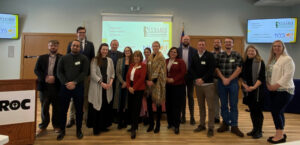 Center (CAC) designed to help these children and their families. Unfortunately, the funding for these Centers, provided by the Victims of Crime Act (VOCA), was seriously disrupted by the pandemic. Rural CACs were facing double digit budget cuts. With support from the Health Foundation for Western and Central New York, and in collaboration with the New York State Children’s Alliance (NYSCA), NYSARH facilitated four regional advocacy sessions to make legislators aware of the problem. NYSARH and NYSCA will meet with Congressional representatives in the spring.
Center (CAC) designed to help these children and their families. Unfortunately, the funding for these Centers, provided by the Victims of Crime Act (VOCA), was seriously disrupted by the pandemic. Rural CACs were facing double digit budget cuts. With support from the Health Foundation for Western and Central New York, and in collaboration with the New York State Children’s Alliance (NYSCA), NYSARH facilitated four regional advocacy sessions to make legislators aware of the problem. NYSARH and NYSCA will meet with Congressional representatives in the spring.
Addressing Rural Health Disparities in New York: Insights from Colgate Institute Parna Shakouri's Research
In a state as diverse and dynamic as New York, the health needs of rural communities often take a backseat to their metropolitan counterparts. Parna Shakouri’s recent research sheds light on the unique challenges faced by residents in non-metro areas, ranging from occupational hazards to limited access to healthcare. The paper emphasizes the importance of targeted efforts to achieve health equity, with a focus on the role played by organizations like the New York State Association for Rural Health (NYSARH).
Insights from Prevention Agenda Tracking Dashboard:
The Prevention Agenda 2019-2024 serves as New York State’s blueprint for health improvement. Shakouri’s analysis, based on county-level data, delves into disparities across very rural, rural, and urban areas. The research highlights alarming rates of suicide, particularly among youth in rural regions, emphasizing the need for targeted interventions. Additionally, substance use disorders, including tobacco and alcohol, present significant challenges, calling for nuanced policy responses.
Policy Recommendations:
Shakouri’s research culminates in policy recommendations aimed at mitigating rural health disparities. Key proposals include:
- Securing a Public Health Workforce: Advocating for increased state-funded positions and programs to address workforce shortages, especially in rural areas.
- Sustained Engagement with Nonprofit Organizations: Establishing a memorandum of understanding to enhance collaboration between NYS and nonprofits, ensuring a more effective response to community needs.
- Continued Collaboration with Schools: Maximizing preventative and educational efforts by sustaining partnerships with schools, coupled with qualitative studies to measure the impact of public health initiatives.
- Creating and/or Funding Community Centers: Establishing inclusive community spaces to address issues like substance use disorder, fostering togetherness, and reducing isolation.
Parna Shakouri’s research serves as a call to action, urging policymakers, public health workers, and communities to address the unique challenges faced by rural New Yorkers. By implementing targeted policy recommendations, there is an opportunity to bridge the health disparities gap and create a healthier future for all residents of the Empire State. Read full paper
The NYSARH Policy Committee hosted the 2024 Policy Forum on January 17th as a members-only benefit.
In the informative virtual forum with other New York State Associations identifying their key issues for the NYS Legislative Session including both budget and policy issues. Each Association gave a brief presentation followed by questions and discussion with NYSARH participants.
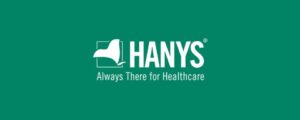
Thanks to our presenters:
- Karen Roach: Vice-President Regulatory Affairs and Rural Health Healthcare Association of New York State
- Jane Ni: Assistant Directo
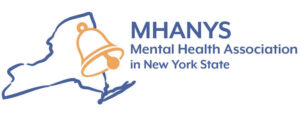 r of Policy Community Healthcare Association of New York State
r of Policy Community Healthcare Association of New York State
- Glenn Leibman, CEO Mental Health

Association of New York State
- Sarah Ravenhall, Executive Director New York State Association of County Health Officials
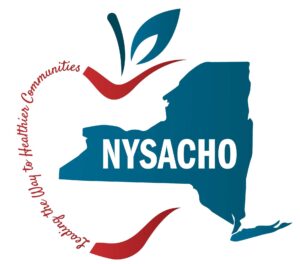
- Glenn Leibman, CEO Mental Health
Social Determinants of Health Self-Paced Online Course
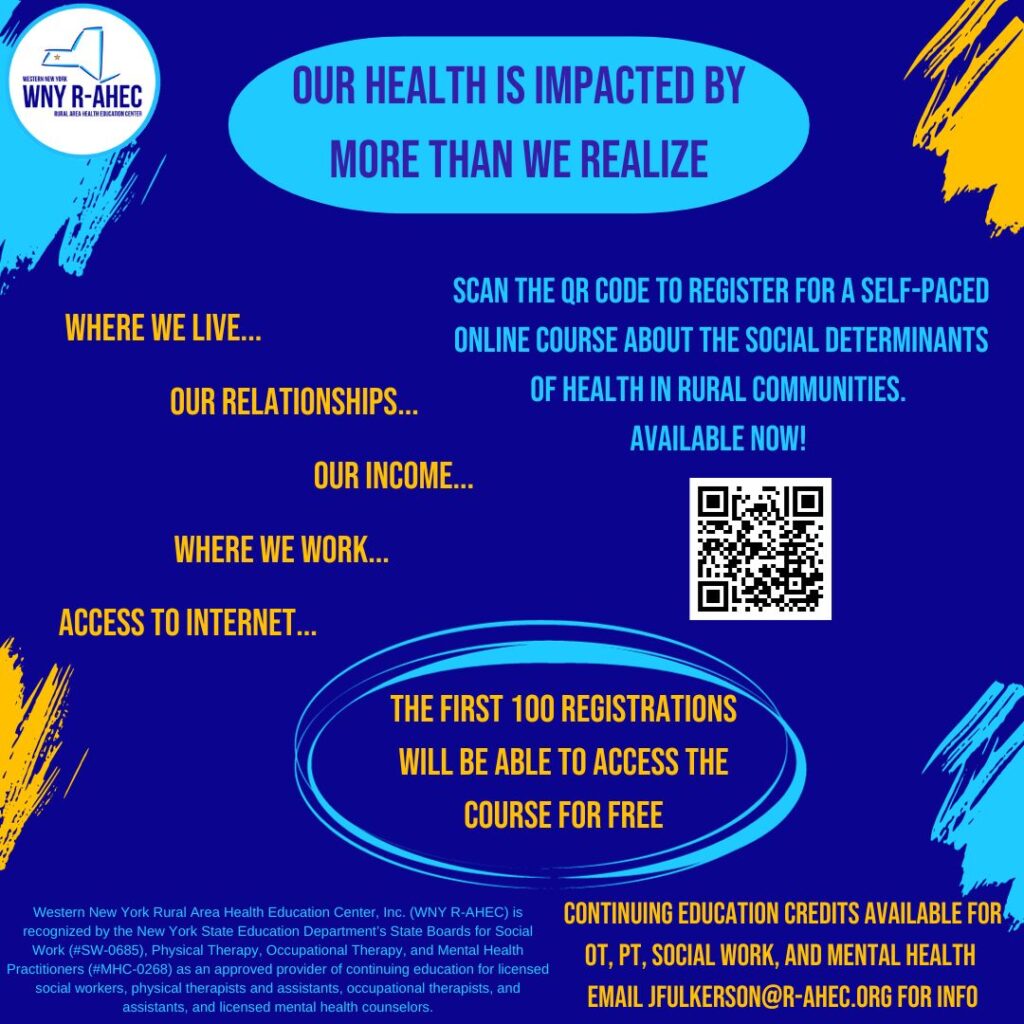
HHS Office of Climate Change and Health Equity (OCCHE) Quickfinder for Leveraging the Inflation Reduction Act for the Health Sector
The HHS Office of Climate Change and Health Equity (OCCHE) is on a mission to address the health impacts of climate change on the American population. In tandem, the Inflation Reduction Act (IRA) has created opportunities to support healthcare organizations and stakeholders in enhancing resilience and sustainability, especially for those serving vulnerable populations. The OCCHE Quickfinder offers valuable insights into healthcare actions to reduce emissions and invest in climate resilience, along with a list of IRA programs and initiatives that can provide support. Access the Quickfinder here.
On-Site Renewable Energy Generation:
Rural emergency hospitals, federally qualified health centers, and nursing homes can benefit from on-site energy generation. It not only cuts costs but also ensures reliable power, even during emergencies. Learn more about on-site renewable energy’s advantages in healthcare.
Energy Efficiency Building Improvements:
Enhancing energy efficiency with HVAC and building envelope retrofits is essential. Hospitals, among the most energy-intensive commercial buildings in the U.S., can see substantial savings. Discover how these improvements benefit both the environment and your organization’s finances.
Building Resilience:
With increasing climate-related threats, healthcare providers must ensure care continuity. Greenwich Hospital’s 175-bed facility provides a compelling example. Their combined heat and power (CHP) system allowed them to operate normally during Hurricane Sandy. Learn how building resilience can be a lifeline during crises.
OCCHE and IRA offer remarkable opportunities to reduce the carbon footprint, enhance resilience, and ensure sustainable healthcare facilities. By utilizing the resources outlined in the OCCHE Quickfinder, the healthcare sector can play a pivotal role in safeguarding the health and well-being of the American people in an evolving climate.
Herkimer County HealthNet
The mission of Herkimer County HealthNet is to improve the health and well-being of individuals who live, work, play and learn in Herkimer County. The objectives of the organization are to improve the health of New York’s rural communities by providing support for ru ral providers to improve access to care, enhance coordination of services, increase efficiency of service delivery, and introduce needed community services through the formation and operation of rural health networks. Programs include: supporting Community Health Educators deliver evidence-based workshops and information so community members can better understand, prevent, and manage health conditions; community level interventions to promote healthy lifestyles to prevent obesity and type 2 diabetes; assistance to community partners to increase access to transportation to medical appointments for Herkimer County residents; and Age-Friendly Herkimer County which is working to plan and implement program and project ideas to make Herkimer County a community that is livable for people of all ages, especially older adults.
ral providers to improve access to care, enhance coordination of services, increase efficiency of service delivery, and introduce needed community services through the formation and operation of rural health networks. Programs include: supporting Community Health Educators deliver evidence-based workshops and information so community members can better understand, prevent, and manage health conditions; community level interventions to promote healthy lifestyles to prevent obesity and type 2 diabetes; assistance to community partners to increase access to transportation to medical appointments for Herkimer County residents; and Age-Friendly Herkimer County which is working to plan and implement program and project ideas to make Herkimer County a community that is livable for people of all ages, especially older adults.
In November of this year, Herkimer County HealthNet worked with the local Child Advocacy Center to host the Mohawk Valley and North Country Regional Child Advocacy Center Forum to address the budget and legislative shortfalls that Child Advocacy Centers across the state are facing. The event brought together abuse survivors, local law enforcement, District Attorneys, NYSCA, NYSARH, Child Advocacy Center directors and staff, and New York State legislators including Senator Mark Walczyk, Assemblyman Robert Smullen, Assemblyman Brian Miller, as well as representatives from Assemblywoman Marianne Buttenschon and the Office of the NYS Comptroller. The event elicited powerful testimony about the vital services child advocacy centers provide and was covered by WKTV.
Upcoming Webinar
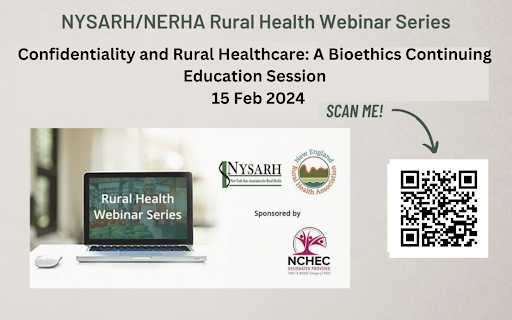
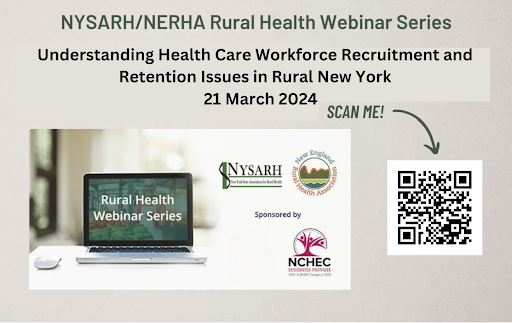

Funding Opportunities
New York Health Equity Reform: Social Care Networks
The New York State Department of Health, Office of Health Insurance Programs, Division of Program Development and Management, announces the availability of a total of $500,000,000 from 8/1/2024 – 3/31/2027 to support Social Care Networks (SCN) lead entities that will be responsible for the coordination
of social care service delivery in each region.
Deadline: Mar 27, 2024 4pm ET
National Network of Libraries of Medicine Region 7 Grants
Funding for projects in Region 7 (northeastern U.S.) that improve health literacy; increase the ability of the general public to find and use health information; and improve health professionals’ access to, awareness of, and skills for locating high quality biomedical and health information.
Deadline: Mar 1 2024
